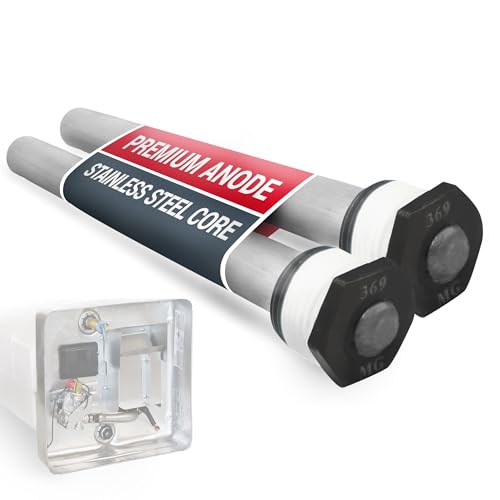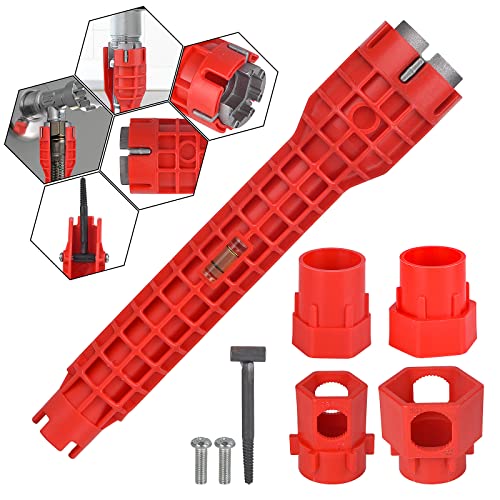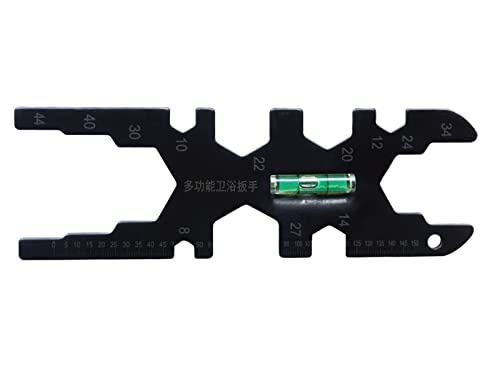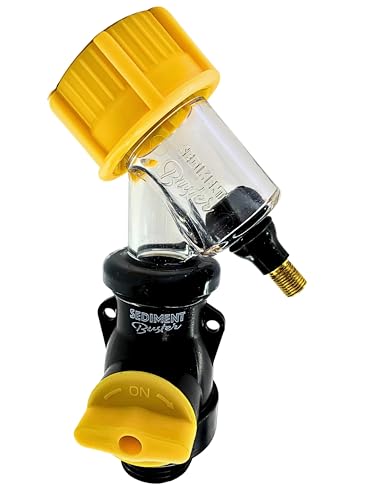Hey, LLP self employed here. I live in a city where expansion tanks aren't required, although they are in the neighboring city (which has super high water pressure on their main in most areas like 120-180lbs coming in from the main in some areas) and I was wondering.
Expansion tanks are relatively new and Ive noticed all the water heaters ive installed in the past few years tend to leak out the T&P valves without them. But the older models never do this. Has the T&P valves or the water heater tanks themselves just manufactured weaker than they used to be? Or is this all a coincidence? Because I'm starting to think this is just a way for companies to save money on the heater manufacturing and forcing the customer to buy more parts.
Expansion tanks are relatively new and Ive noticed all the water heaters ive installed in the past few years tend to leak out the T&P valves without them. But the older models never do this. Has the T&P valves or the water heater tanks themselves just manufactured weaker than they used to be? Or is this all a coincidence? Because I'm starting to think this is just a way for companies to save money on the heater manufacturing and forcing the customer to buy more parts.



















































